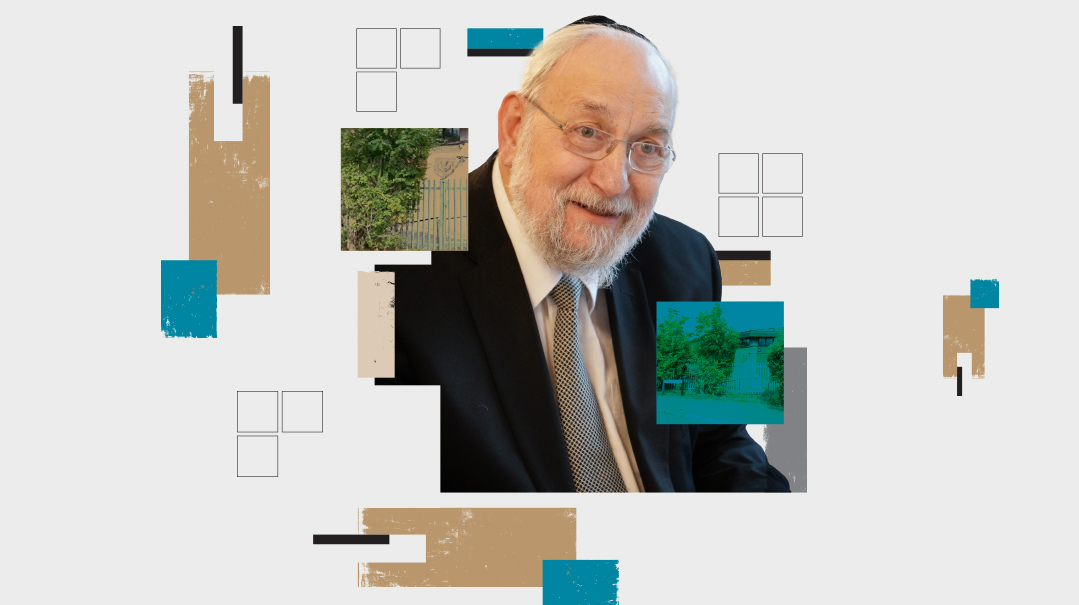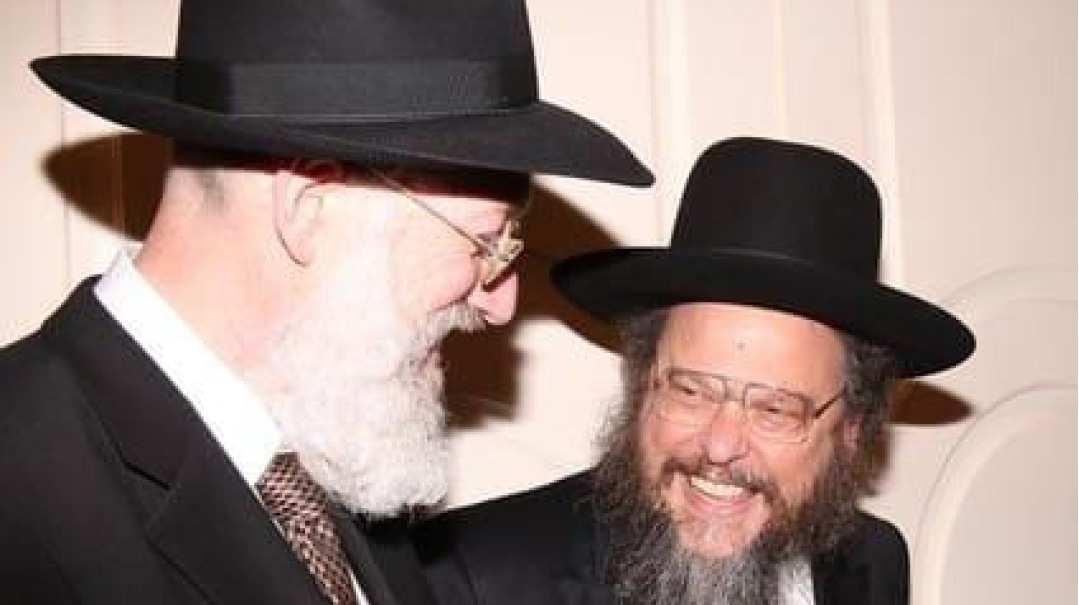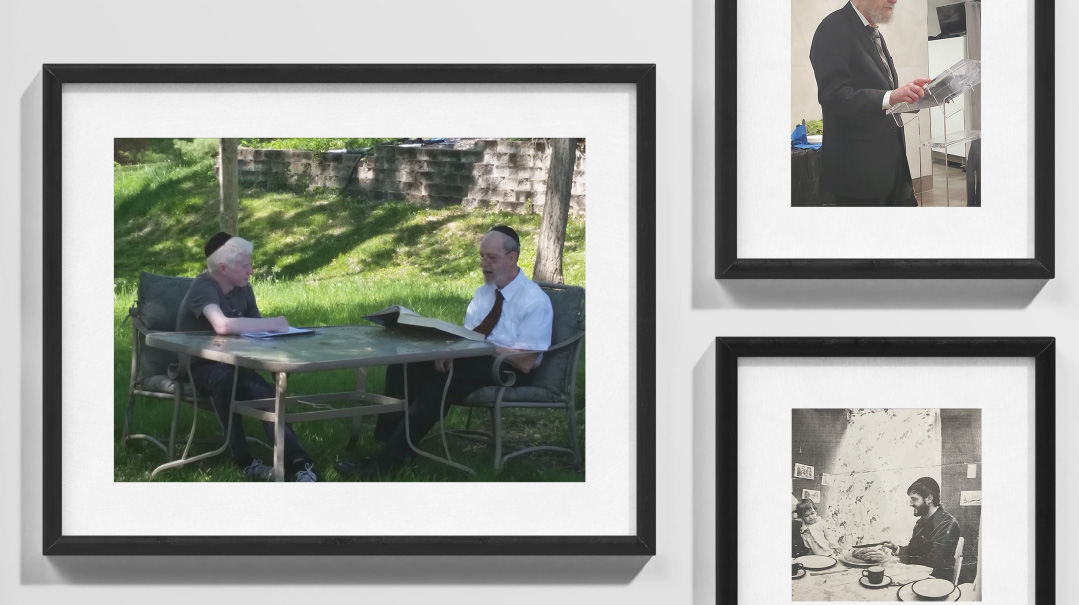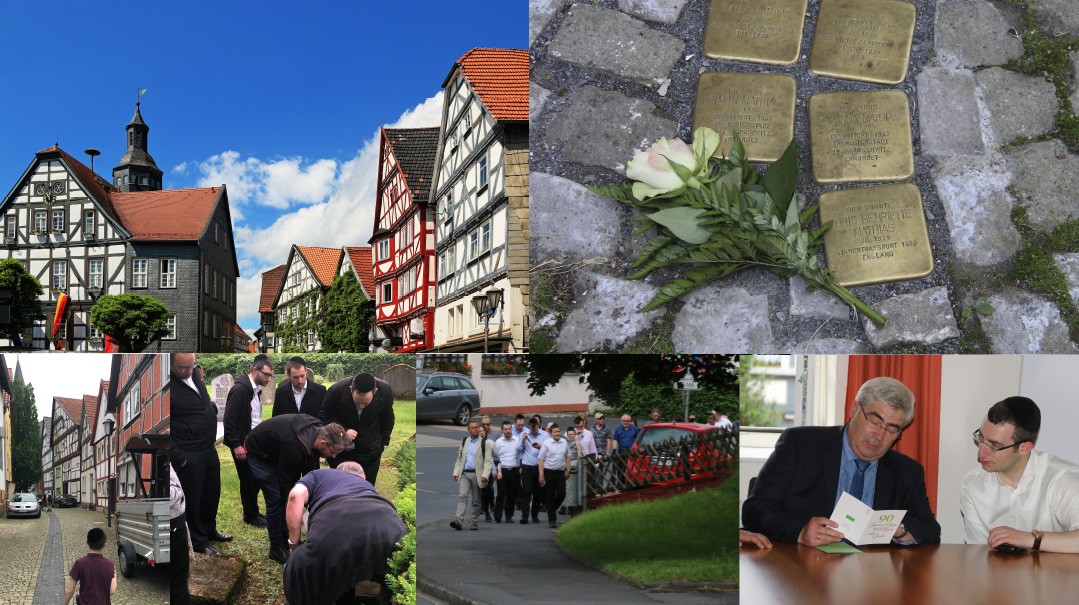The Giving Trees


I

That obscure article caught the sharp eye of a Western researcher working in Nigeria and it wasn’t long before the world’s largest pharmaceutical and cosmetic companies had pounced on this miracle plant working feverishly to harness the properties the natives have known about for centuries. Leaves of this tree are renowned among the local population for their anti-inflammatory and immunosuppressive effect and they use the leaves and the oil from the seeds for treatment of stomach ailments fever respiratory conditions and even cancer. The roots also have a wide range of pharmaceutical uses and the oil which doesn’t get rancid or sticky is in demand by the perfume industry for its ability to retain volatile substances. In cosmetology Moringa oil is said to rejuvenate repair soften and hydrate all types of skin and its antioxidants supposedly have incredible anti-aging properties.
With its ability to recover from long-term dehydration researchers hope the plant will lead them to discover the proverbial fountain of youth — or at least some wonder drug against aging. Meanwhile companies are giving priority to cosmetic opportunities as opposed to medicinal prospects as the approval process is shorter and the profit margin higher.
Unsung Miracle Plants
The Moringa is just one example of what the huge underutilized plant world has to offer the consumer especially when it comes to regionally endemic species according to Dr. Ameenah Gurib-Fakim a world-renowned chemist from the island state of Mauritius off the southeastern tip of Africa — who has recently become president the small country.
Remember hearing about the herbal medicines your great-grandmother used in Hungary or Morocco? According to President Gurib-Fakim nothing has really changed since. Plants still contain some of the most potent medicinal properties around but some of that vegetation she warns is actually in danger of being wiped out.
President Gurib-Fakim’s own meticulous chemistry research showed that the elders of Mauritius were right: The healing plants really did have the chemical properties attributed to them. “Take for example the Terminalia bentzoe a plant endemic to Mauritius with leaves that come in various shapes and sizes” she told Mishpacha in a phone interview from her office prior to her becoming president. “Mauritius natives use the essence of these leaves to heal infectious diseases. Scientifically we’ve shown that the essence of these leaves fights a wide range of bacteria. Today we think these leaves may be a solution to the problem of antibiotic resistance. We are not yet sure about it but there is one thing we are sure about: This plant which may be so important is in danger of becoming extinct because of climate change and human behavior.”
This anti-bacterial plant is indigenous to Mauritius and nearby Reunion, and it’s virtually impossible to grow it out of its natural environment, where it flourishes in harmony with the local ecosystem. For example, the plant has leaves of various sizes and shapes in order to confuse the many tortoises that graze in the area. Tortoises have poor eyesight and generally avoid gnawing plants that they don’t recognize, so the varying shapes of the plant’s leaves help protect it against those slow-moving reptiles.
“We don’t realize how valuable and how precious these resources are, and yet with our indifference we keep on destroying them,” she said, bemoaning the urbanization that has unwittingly truncated much vegetation from the region. “If that very last specimen disappears, we will have lost an entire subset of the Earth’s biology, and with it, important plants with medicinal, nutritional, or cosmetic potential will be gone forever.”
Super Fruit
The antibacterial Terminalia plant is just one of the regional plants that have super healing properties. Another is the baobab, that upside-down looking tree iconic to Africa and the surrounding southern islands of Mauritius and Madagascar. It’s called the “tree of life” by the natives of the Savannah, as it produces a nutrient-dense fruit (called monkey apples) in the dry season when everything around is parched and arid.
While many people know of the baobab tree (made famous in the West by The Little Prince), not many people know that it has a fruit — and even fewer know that this fruit is one of the most nutrient-dense foods in the world. In fact, every part of the baobab tree is valuable — the bark is used to make rope and clothing, the seeds used to make cosmetic oils, the leaves are edible and can store water, and the fruit pulp is extraordinarily rich in nutrients.
“If you open the baobab fruit, you will find a white, floury, dough-like substance that is very nutritious, with more protein than mother’s milk,” says Dr. Gurib-Fakim. “In fact, food companies around the world purchase it to use in enriched foods.”
Baobab trees grow in the poorest parts of rural Africa, and if harvested with a sophisticated marketing scheme, could be a boon for the region’s economy — the fruit is so abundant that much of it goes to waste on the trees. In fact, as baobab fruit dries on the branch, it becomes a high-energy, immune-boosting organic fruit powder — the only problem is that most people have never heard of it. But its leaves are what most interest the president: They are used in traditional healing and have been proven highly effective against bacterial illnesses.
A Field of Labs
Ameenah Gurib, Mauritius’s first female president, was born in a small village in southern Mauritius, and although not too many of the locals have become world-renowned scientists and leaders of the country, she excelled, she says, because of her dedicated teachers. “My teachers showed me that science can provide answers to questions from our everyday lives — why the sky is blue, why plants are green, and why they sometimes lose their green pigment,” she remembers. After completing high school locally, she traveled to England to pursue an undergraduate degree and then a doctorate in chemistry.
She returned in the 1980s, married surgeon Dr. Anwar Fakim, and was poised to take employment at the University of Mauritius, but an unexpected problem awaited her back home. “I had specialized in synthetic organic chemistry, but when I returned to Mauritius, I quickly realized I wouldn’t be able to continue in my specialized field because the island simply didn’t have the necessary infrastructure to support such studies. As a freshly graduated academic, I had to conduct studies and publish original articles. But how could I do that without laboratory infrastructure? So I had an idea — I would study the chemistry of plants. After all, plants are really their own self-contained chemistry labs, and this region is blessed with unique healing plants that aren’t found anywhere else in the world.”
From her focus on the chemical compositions and molecular structure of the local flora, she began to take an interest in the traditional medicinal uses of the local vegetation, and located many elderly people who relied primarily on traditional healing methods to maintain their health. They were staunch believers that the traditional medicines were far more effective than any modern antibiotics a doctor could prescribe.
“At first I spoke to these older people to create a database of the traditional methods, because I knew many of the plants that were used on the island for medicines were in danger of becoming extinct,” she says. “But after I created this database, I decided to try to focus my work on researching the reliability of their claims that these medicinal plants were the most effective healing resources around.”
Healing Secrets
President Gurib-Fakim discovered, for example, that while Westerners treat their children’s asthma with inhalers and steroids, the elders of Mauritius have been using the Psiadia arguta plant as a solution for asthma and other breathing problems for centuries. The only problem is that while it once grew on the island in abundance, urbanization has made it practically extinct.
“We were able to bring it back from the brink by developing test tube plants that are now growing in nature,” Gurib-Fakim says. Her laboratory tests on the leaves showed that they contain ingredients that are very close, in their chemical structure, to those used in conventional medicines for treatment of asthma.
Plants, though, aren’t the only thing in danger of extinction — the traditional medicinal knowledge is also disappearing. “When I conducted surveys at the beginning of the 1990s in order to document traditional methods, the people who were best able to provide me with information were aged between 55 and 70. Today those people are either elderly or have already passed on.”
Although today’s adults have grown distant from traditional healing techniques — because of either lack of prep time, knowledge, or because they believe the pharmacy’s modern medicines are better — the younger generation is beginning to come back to the idea of traditional healing.
“Westerners are used to looking for healing on the other side of the drug store counter, but more than 80 percent of the world’s population is reliant on plants for primary health care treatments,” Gurib-Fakim says. “But I have faith that the interest of the younger generation in traditional medicinal healing will help save these plants.”
(Originally featured in Mishpacha Issue 647)
Oops! We could not locate your form.












